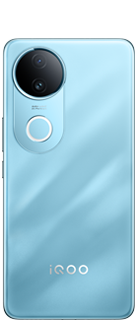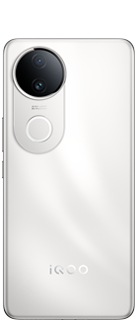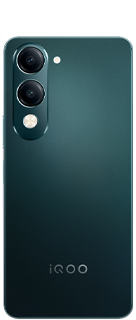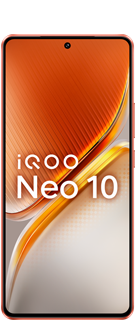#Tech-Savvy Genius | Understanding Vapour Chambers in Phones

In this thread we'll understand how vapour chambers function and help keep your phone cooler.
The above image shows us a close look at the Vapour Chamber in IQOO 12 which Iqoo claims has a surface area of 6000 mm sq.
The Basics
As the name suggests a Vapour Chamber is a basically a chamber filled with liquid and covers a large surface area in the internal structures of modern day phones.

The structure could be single layered or Multi- layered design. And it could be copper based or stainless steel.
How does it function ?
Basically vapour chamber absorbs heat from the processor and the liquid inside the vapour chamber turned into vapours.
Now as we've studied basic chemistry. We know that it takes energy for liquid to turn into gas. And when gas heats it expands.

Now the expanding vapours spread out inside the chamber evenly and the chamber begins to transfer heat away from the processor into a larger surface area and finally the heat escapes out of the phone through the back glass , sides and front display
Here's a short animation to help you visualise how it works

These vapors travel to the cooler parts of the chamber, where it condenses and gives off the absorbed heat. After switching to its liquid form, the chemical returns to its original position and repeats the cycle. This is repeated until the heat is evenly distributed throughout the vapor chamber.

Now you might be thinking if the heat is escaping through the front display won't it damage the pixels ?

It's a good thing the displays in phone have a graphite pad on the back that spreads out the heat evenly through the screen so the heat doesn't concentrate and damage a particular portion of the display pixels.
Why the need for Vapour Chambers at all ?

Vapours chambers have emerged in the last 3 years as a solution to the more and more power hungry processors and their increasing Power Draw.
For reference 8 gen 2 had an average power draw of 5 watts and 8 gen 3 had a power draw of 10 watts.
To compensate for the increasing heat generation vapour chambers were needed to balance things out.
Now Iqoo has been very generously increasing the size of its vapour chamber with every flagship launch since the last few years which is paired with the latest snapdragon chip of that year.
This year IQOO 13 will surpass IQOO 12 in its cooling system and vapour chamber by featuring a multi-layer design as snapdragon 8 Elite is much more powerful than last year's 8 Gen 3.
Alternatives for Vapour Chambers ?
There are a few alternative solutions to cooling a phone other than relying solely on vapour chambers
External cooling clips
Accessories like Iqoo cooler can be clipped on the back to increase heat loss from the phone and help cool it down faster


Liquid metal Thermal compound
Another solution is liquid metal thermal compounds as we see in Desktop and PlayStation processors.

A liquid metal thermal compound has never been used for mobiles before as it has it drawbacks too.
Any spillage or leakage of the thermal compound outside the Processor will lead to short circuit of the motherboard as it is made of Gallium alloy it is Electrically conductive.
Let's wait and watch how technology around us evolves and be a witness to this evolution of mobile gaming together with IQOO.
Stay techy and Happy Gaming
@NITIN @Aojesh @RockyFTW @Andybitts @Rahil Anwar @RZ Nitin @HasanRazaKhan @Jabir007 @KrishnaQ @TechSAM009
Please sign in
Login and share






















